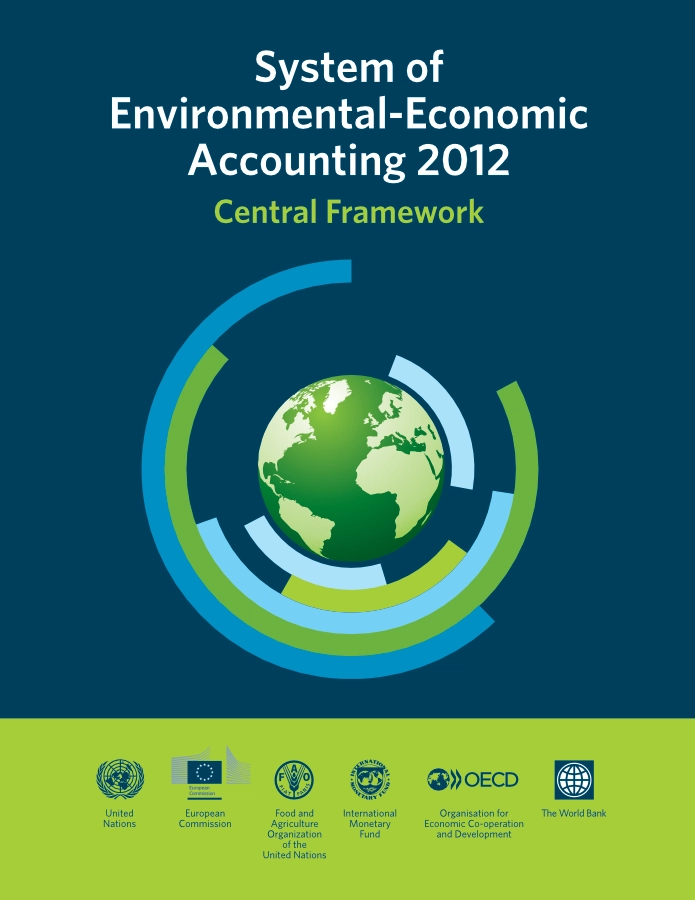SEEA Central Framework
What is it?
The SEEA Central Framework is an international statistical standard for measuring the environment and its relationship with the economy. The Central Framework covers measurement in three main areas:
- Environmental flows. The flows of natural inputs, products and residuals between the environment and the economy, and within the economy, both in physical and monetary terms. Click here for a diagram illustrating environmental flows.
- Stocks of environmental assets. The stocks of individual assets, such as water or energy assets, and how they change over an accounting period due to economic activity and natural processes, both in physical and monetary terms.
- Economic activity related to the environment. Monetary flows associated with economic activities related to the environment, including spending on environmental protection and resource management, and the production of ‘environmental goods and services’.
How it works
The SEEA Central Framework brings together, in a single measurement system, information on water, minerals, energy, timber, fish, soil, land and ecosystems, pollution and waste, etc. The SEEA Central Framework is made up of a number of different accounts, all of which are integrated and which draw information together into one coherent system. This is done by applying the same accounting concepts, structures, rules and principles to different sets of environmental information. Because these concepts are aligned with those of the System of National Accounts, this environmental information can then be integrated with economic information.
The modular approach
It is expected that the SEEA Central Framework, like other international statistical standards, will be implemented incrementally, taking into account national statistical office resources and requirements. Country governments organise themselves and their statistical systems in different ways, and their capabilties to produce and use statistical evidence vary. To support this, the SEEA Central Framework accommodates a flexible and modular approach to implementation within national statistical systems which can be aligned with the particular policy context, data availability and statistical capacity of countries.
The drafting process
A multi-year process of revision to the System of Environmental-Economic Accounting (SEEA) was initiated by the United Nations Statistical Commission. The revised SEEA builds upon its predecessors: the SEEA-2003 and the SEEA-1993. The Commission mandated the United Nations Committee of Experts on Environmental-Economic Accounting (UNCEEA) to manage and supervise the revision process. The UNCEEA is assisted by various technical groups. Among these groups, the London Group on Environmental Accounting plays an important role in addressing technical issues. A Global consultation on the SEEA Central Framework was completed in 2011. The SEEA Central Framework was subsequently adopted by the United Nations Statistical Commission at its 43rd Session in 2012, as the first international standard for environmental-economic accounting. The final, official version of the SEEA Central Framework was published in February 2014.





